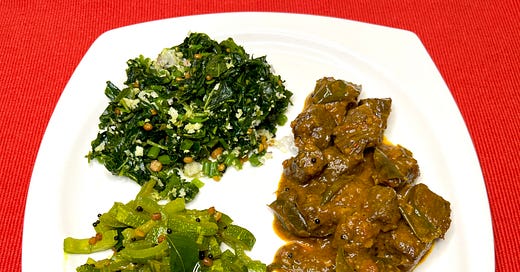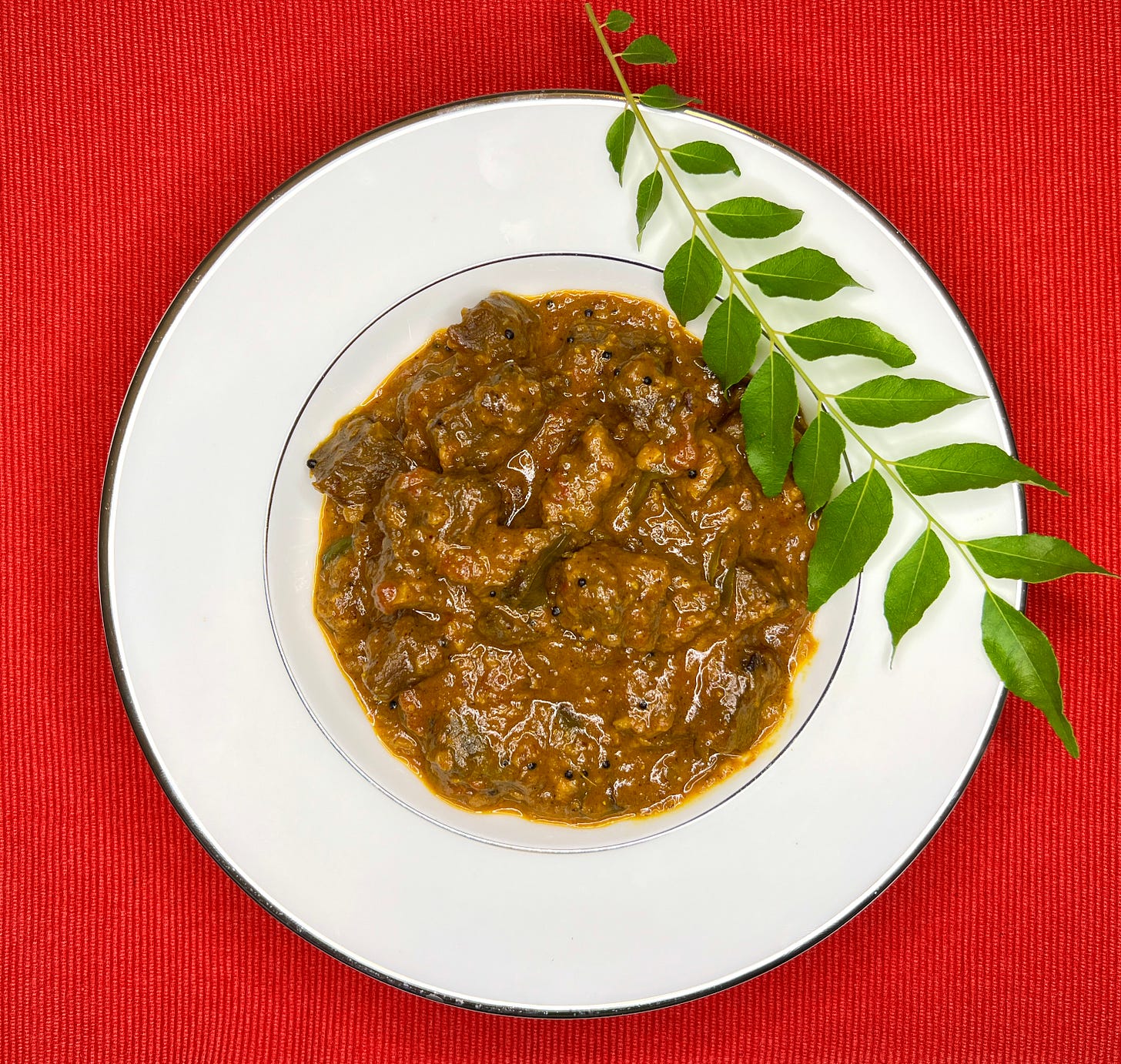1985. I was in the 8th grade, and that was my first year at the Bishop Cotton Girls’ School in Bangalore. That was also my first year ever of studying Indian history. And that first semester, the names really got me. I went from having studied about the Roman Empire in my years with a British Curriculum in Aden to studying about Chandragupta Maurya, about the temples of India, the Brihadeshwara Temple and the Madurai Meenakshi Temple in Tamil Nadu, about ancient Indian texts; I still remember my parents’ reaction – a mixture of pride and horror at my utter butchering of ancient Tamil names. In my defense, the ways they were spelled did nothing to help me pronounce them. Names like Mamimegalai and Silapaddigaram were, in addition to being complex enough all on their own, were also spelled in a number of different ways, depending on the dialect of Tamil the writer used. I remember spending hours just learning how to spell names (having no help whatsoever on what the “correct” spelling was), of people, of places, of civilizations, of texts.
That was also my first year of learning civics. And I absolutely hated civics. Hated learning about the Indian form of government, the rights and duties of Indian citizens, civil laws…. It all bored me to tears. But the one thing I distinctly remember learning very early on: India is a secular country. Religion has nothing whatsoever to do with government.
Yeah right.
So high school and college in Bangalore were between 1985 and 1993. And in those 8 years, I frequently encountered riots in India, riots of a religious nature; specifically, riots spurred by Hindu-Muslim conflicts. And in those 8 years, the riots were sometimes so serious that they resulted in the city coming to a standstill; a bandh (complete lockdown) was declared; everything needed to stay closed. And in those 8 years, at least 3 times, the academic year was in danger of being declared a null year because of how long the riots and resultant closures lasted.
College was 1990 to 1993. Got a Bachelor’s at St. Joseph’s College in Microbiology, Chemistry, and Zoology. (Yup, I have switched gears just a bit.) And the worst of the riots I remember happened in late 1992, and the start of 1993, the latter part of my last year at college. The Babri Masjid conflict.
Babri Masjid – a mosque, located in the city of Ayodhya, the supposed birthplace of the Hindu god Rama. So why the riots? Well some fanatical Hindus wanted to demolish the mosque and build a temple in its place. They claimed that an ancient Rama temple once had stood in the same location, so a mosque had no right existing there. A mosque that had stood there more than 4 centuries.
I wish I was kidding.
So here’s a brief background. The mosque, the Babri Masjid was supposedly constructed in 1528, when the Mughal Emperor Babur was in power. In 1949, idols of the Hindu god Rama were placed under the central dome of the mosque, and in 1950, a petition filed for the right to worship Rama in the mosque. In the mosque! Lots of trouble in the decades that followed. Naturally. Then in 1989, the local court ordered the government to open the site to Hindu worshippers. But but but…there’s a mosque there. And Ayodhya is not a small place, says a sane mind. But this is the exact site of Rama’s birth, shout the fanatical Hindus.
All this over a 5-acre plot of land in Ayodhya. Proof that Rama was actually born in this exact spot? Oh come now, let’s not get so exacting. And even if one did miraculously procure said proof…surely there are other spots in Ayodhya – surely Rama frequented different spots? Surely the entire city is..er…holy?
So fast forward to December 1992. The mosque is demolished. I don’t remember much of the political climate then, didn’t pay enough attention, but I do remember the smug face of the leader of the Bharatiya Janata Party (the BJP, India’s right-wing Hindu party, and the one currently in power), L. K. Advani’s face plastered all over every bit of news I saw, newspaper or TV.
And the riots that ensued, all over India, threatened everything. Every time there are riots in India, they affect our everyday lives; there are areas of Bangalore we simply wouldn’t venture out to – largely Muslim areas. Too dangerous, the elders would say. With good reason. And across town, Muslim parents would, doubtless, be saying the same thing about largely Hindu areas.
Fast forward a bit more – 2019. Modi and his BJP are now in power. And over the past couple of decades, the country has witnessed a very rapid ascension of the ideology of Hindutva, an ideology that seeks to make India for Hindus alone. And Hindus of a certain ilk. And in 2019, the Supreme Court grants the disputed land in Ayodhya to the worship of Rama. And in August 2020, Modi conducts a puja that is heavily advertised and broadcast all over the world, and launches the construction of a Rama temple.
There is absolutely no logic to any of this. The utter absurdity, senselessness, of this entire set of events spread over several centuries speaks volumes for how illogical, pernicious, preposterous religious practices can be. (But then, as far as I am concerned, there rarely is any logic where religion is concerned.)
But here’s the larger point I want to make with this post. India is not a Hindu country. Never was, is not today. Sure, Hindus make up the majority, but the country is supposed to be a secular one. A strength of India is its diversity. But as the Hindutva ideology strengthens, this diversity is being stripped away, more rapidly than I care to think about. And the group of people targeted most frequently are the Muslims. Violence against Muslims in India is as commonplace as mass shootings in the US seem to be today.
Very recently the state of Karnataka in the south of the country made international news. Young Muslim women at a certain college were forbidden from entering the college with their head covering. Not a face covering, just their headscarves. The argument? This is a secular institution, and nobody should show signs favoring a certain religion.
Right.
So did they then ask other young women not to wear bindis? Signs of Hinduism? Or young Christian women not to wear necklaces with crosses as pendants? Or young Sikh men not to wear turbans?
This is the brand of Hinduism that exists and flourishes in India today. A brand of Hinduism that wants Indian identity to be a Hindu identity, and specifically, an upper-caste Hindu identity. Something I revolt against with every fiber of my being. That there are plenty in my extended family who support Hindutva causes me anguish.
So on that note, I will turn to food. The recipe I give you today is one that is as anti-Hindu as it can be – a beef curry. Beef because beef eaters are particularly targeted in India by self-appointed and government-approved vegetarian vigilantes. And the victims of these vigilantes? Muslims, of course. More on that next week.
But for now, a beef curry.
Beef is very popular in the state of Kerala – possibly because the state doesn’t currently, as far as I am aware, have laws against cow slaughter, which a number of other states do. So today, here’s a beef curry that is based on Kerala flavors, a recipe that has become mine after much experimenting. Beef curry with curry leaves, coconut, and fennel seeds.
Ingredients (serves 4 with an accompanying carb)
500g beef – cut up into about 1-inch cubes
1 tsp black pepper
2 tsp ground fennel
½ tsp turmeric
1 tsp mustard seeds
1 tsp ground coriander
½ tsp cayenne or 1 tsp Kashmiri chilli powder
4 sprigs curry leaves
2 Tbsp chopped garlic
1 `tbsp chopped or grated ginger
2-3 green chillies (or to taste)
3/4 cup of ripe tomatoes -or half a cup of canned tomatoes
2 cups finely chopped onions
½ can of coconut milk
½ cup of fresh coconut or unsweetened desiccated coconut
4 Tbsp coconut oil
Method
1. Heat 2 Tbsp coconut oil in pressure cooker or heavy-bottomed skillet. Add the mustard seeds and let them pop. When they start popping, turn the heat down to low.
2. When they are done popping, add 2 sprigs curry leaves, 2 green chillies, turmeric, beef, and 1 tsp of black pepper, and 1 tsp of ground fennel. Add 1 tsp of salt.
3. Brown beef on all sides – takes about 5 minutes, add ¼ cup of water, and pressure cook till beef is done. If you are not using a pressure cooker, add ½ cup of water, and cook with a lid on, stirring occasionally, till beef is tender. Do add more water as needed if the beef seems to be drying out.
4. While beef is cooking, heat the other 2 Tbsp oil in a skillet or pan. When the oil is hot, add the other two sprigs of curry leaves, allow them to splutter and then add the onion, garlic, and ginger. Add ½ tsp of salt and allow the veg to cook together on low-medium heat for about 10 minutes.
5. After about 10 minutes, add the chopped tomato, remaining 1 tsp of ground fennel and 1 tsp ground coriander seed. And cook together till oil separates. For me, this took about 15 minutes.
6. Now add the cooked beef into the tomato and onion mixture. Add ½ cup of coconut milk and allow to simmer together for another 15 minutes. If you want the curry to be less saucy, dry it out a bit – as they do in Kerala. I like it on the saucy side.
Serve hot with a carb of your choice, or, if you don’t want a carb, a veg of your choice. The night we had this, I served it with two South Indian vegetable curries - a spinach and coconut curry and a snake gourd curry. Now tell me that’s not the best meat-and-two-veg plate ever!
And as I finalize this post, the air is heavy with the aroma of cheesecake baking. I turn 50 tomorrow, and all week, my children have struggled to keep various secrets.
Tonight, we will have beef kebabs (next week’s recipe, as I talk about food and identity in India) and cheesecake. Lucky me.








As good as the beef curry sounds, this post really kind of breaks my heart, because it could be so different. Every temple to Rama could be inviting altars to Mohammed, and vice versa. The prayer could read, "Hallowed be all thy names." We could be celebrating bindis and headscarves alike because they're both so beautiful. And wouldn't you think it would be so easy? But apparently it will never be. :-(